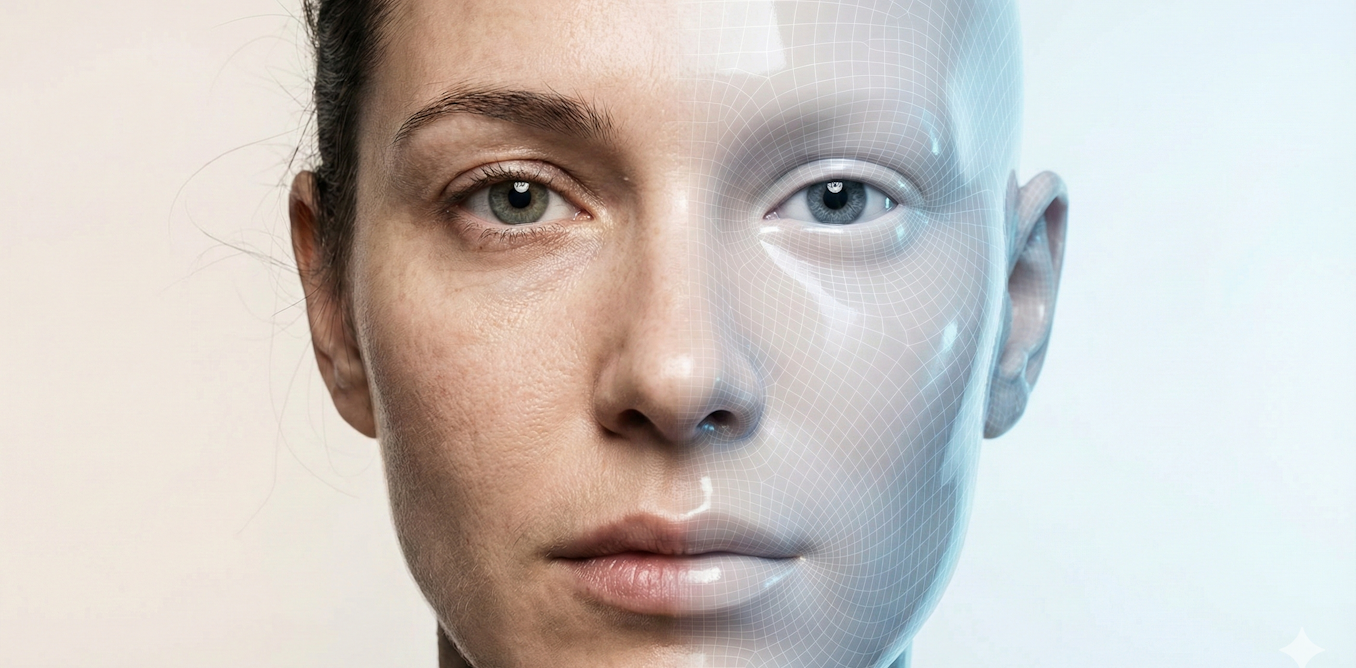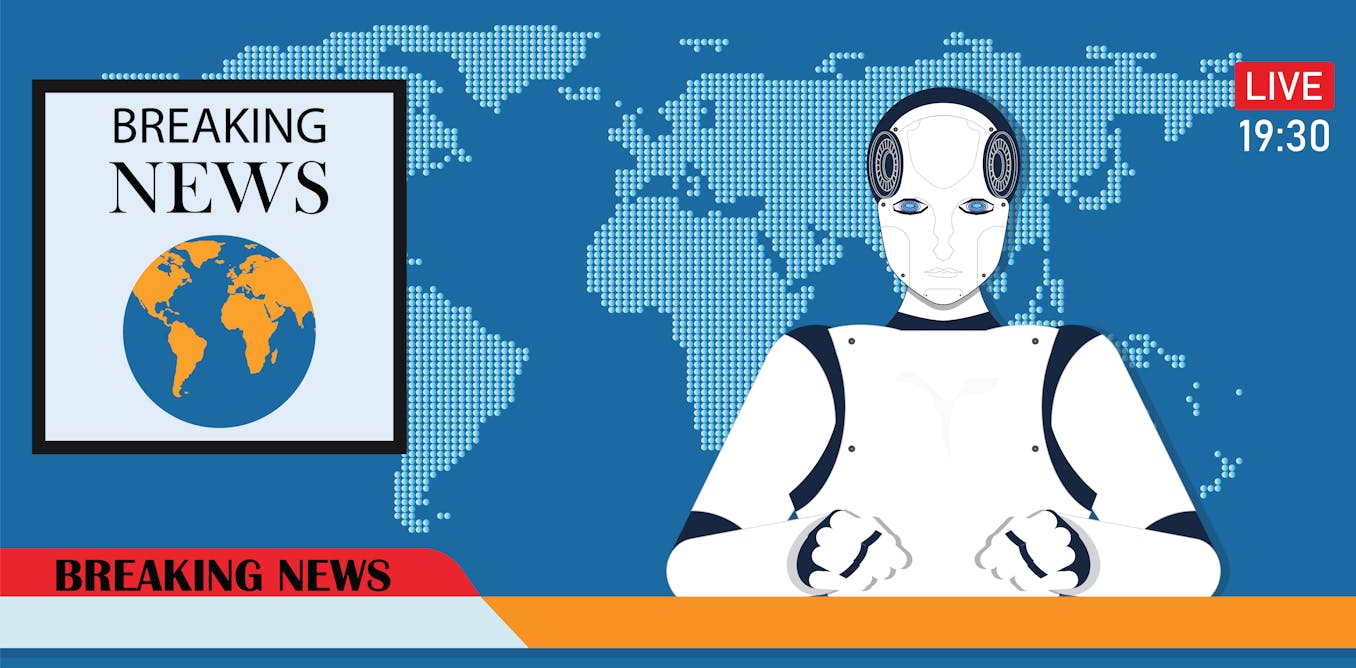In 2023, the world of science experienced some major breakthroughs, with significant advancements across various fields. GLP-1 therapies were named Breakthrough of the Year by Science Magazine, offering additional health benefits beyond their known treatment for diabetes and obesity. The use of supercomputers reached a new level with Oak Ridge National Laboratory’s Frontier computer, capable of performing 1 quintillion mathematical operations per second, leading to groundbreaking research in materials and climate models.
The discovery of human footprints in White Sands National Park pushed back the arrival of people in the Americas to between 21,000 to 23,000 years ago, challenging previous beliefs. Research also revealed the potential of natural hydrogen as a clean energy source, along with promising developments in malaria vaccines, the Earth’s carbon pump, and early career scientists demanding higher pay and better working conditions.
Furthermore, physicists detected strong evidence of two supermassive black holes merging, and the approval of a new drug that could slow down cognitive decline from Alzheimer’s disease. The use of AI modeling for weather forecasting also showed promising results, ushering in a new era of weather prediction. These breakthroughs in 2023 indicate a promising future for scientific advancements and pave the way for further discoveries in the years to come.
Watch the video by Science Magazine
Video Transcript
In 2023, Science Magazine picked GLP-1 therapies as the Breakthrough of the Year. Well known as an effective treatment for diabetes and obesity, clinical trials this year revealed that the drugs offered additional health benefits. But scientists were making waves in countless ways this year, across disciplines and all over the world.
Here are the other notable advances from 2023. A new class of supercomputers is here. Oak Ridge National Laboratory’s Frontier computer is capable of performing 1 quintillion mathematical operations per second– that’s a 1 followed by 18 zeros, placing it in the exascale range. Researchers have already used Frontier to predict electron behavior in new materials,
And incorporate the physics of clouds into climate models. More supercomputers with exascale capabilities are in the works. In 2021, the discovery of human footprints in White Sands National Park pushed the arrival of people in the Americas to between 21,000 to 23,000 years ago. But not everyone was convinced of this new date–
Some researchers thought the seeds used to date the footprints made them seem older than they actually were. This year, researchers found that two different approaches to dating the footprints also supported these earlier dates, changing so me skeptics’ minds. This may mean people made the journey into the Americas at the peak of the last ice age.
The potential for natural hydrogen as a surprising source of clean energy got new attention this year. Despite conventional thinking that hydrogen was too reactive to exist in large quantities in the earth’s crust, the United States Geological Survey now estimates that there may in fact be enough to satisfy
the world’s energy needs for thousands of years. The agency, along with energy companies and venture capital firms, are putting millions of research dollars toward investigating how to best harness energy from natural hydrogen deposits. A large-scale evaluation of the first malaria vaccine reveals it’s safe and effective enough for greater use, and a second vaccine was recently approved
By the World Health Organization. While not a panacea against the disease that affects millions worldwide, the vaccines do have the potential to reduce severe cases and deaths of children, who are often most vulnerable. Circulation of water throughout the world’s oceans is connected in many ways to the sinking, salty waters in the Southern Ocean.
These hypersaline Antarctic waters pull heat, oxygen, and carbon dioxide down to the ocean’s depths. Using robotic probes, temperature logs, and ocean circulation models, several studies this year revealed that this fundamental process known as global overturning circulation is slowing down faster than anyone had expected. Researchers expect this slowdown to continue.
Collective action is on the rise by early career scientists demanding higher pay and better working conditions. After the largest academic strike in U.S. history at the University of California led to pay increases for grad students and postdocs in late 2022, thousands more academic workers have unionized and spoken out around the world.
Faculty and administrators, in turn, face the challenge of finding short-term ways to cover increased personnel costs, while long-term funding strategies are still unclear. By monitoring dying stars called pulsars, physicists detected the strongest evidence yet of two supermassive black holes merging. Pulsars are known for the regularity of the the radiation pulses they emit.
Astronomers monitored these pulses using radio telescopes to detect tiny changes in their rhythm that could indicate a gravitational wave passing through. While hesitant to call it a discovery until it’s further confirmed, pulsar timing arrays offer a promising way to observe some of the most massive objects in the universe. U.S. regulators have approved the first drug that could
Slow down the cognitive decline from Alzheimer’s disease The new treatment, Lecanemab, targets the tangled protein clumps found in the brains of people with Alzheimer’s. But treatments like these do come with risks, like swelling and hemorrhaging in the brain. Researchers are still dialing in on whether this slowing
Of cognitive decline increases as people take the drugs for longer, and whether it can delay the start of symptoms for people likely to develop the disease. For decades, forecasting the weather meant crunching numbers and equations to predict changes in the atmosphere. This year, multiple technology companies have succeeded in using a different approach: AI modeling.
Instead of solving equations, the AI models find patterns in past data to predict weather up to ten days in advance. These new models are faster at forecasting, require less computing power, and sometimes are even more accurate than traditional models. Researchers expect AI models will improve even more once they start to learn from direct weather observations,
Not just past data. That wraps up our list of notable achievements from last year, and we’re already looking at what’s coming in 2024. A new planetary mission, an ongoing El Niño, and a mosquito bacterium could make the next year another interesting one for science.
Video “The biggest science breakthroughs in 2023” was uploaded on 01/09/2024 to Youtube Channel Science Magazine























